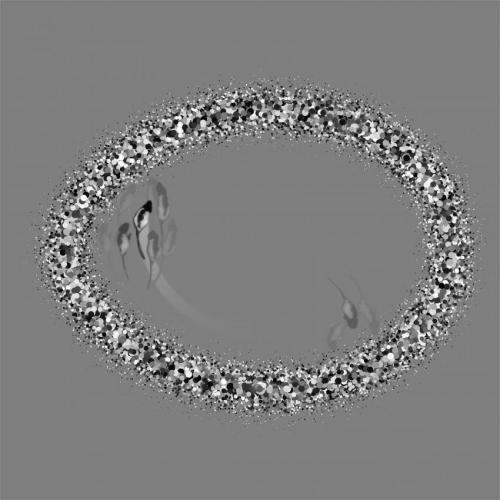Navigation and location can occur without external cues

Researchers from The University of Queensland have identified the amount of information the brain needs in order to navigate and accurately estimate location.
Research published this week in PLOS Computational Biology determines that animal brains can, in principle, use a memory map to estimate location without external cues – such as sight, smell, touch and sound.
Dr Allen Cheung of the Queensland Brain Institute said that people had previously incorrectly assumed that external input was needed to work out where you are in an environment. However, even when starting at a point of complete disorientation the brain can use a previously-learned map to accurately estimate location by self-motion cues, such as walking.
The study shows that knowledge of the boundary of an arena, without requiring direct physical contact, is enough to locate one's position. Optimal localization performance was found to depend on arena shape, arena size, local and global rotational asymmetry, and the structure of the path taken during localization.
The authors commented: "There are a lot of possibilities that arise from this research, but the parts of the brain believed to carry out these computations, as found by the recent Nobel Laureates in Physiology or Medicine, are significantly affected by neurodegenerative diseases such as Alzheimer's."
More information: Cheung A (2014) Estimating Location without External Cues. PLoS Comput Biol 10(10): e1003927. DOI: 10.1371/journal.pcbi.1003927


















